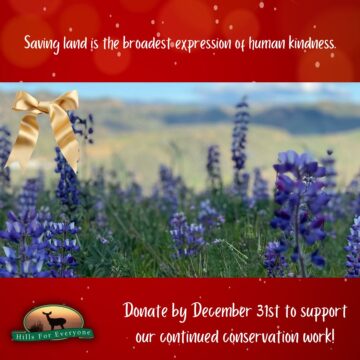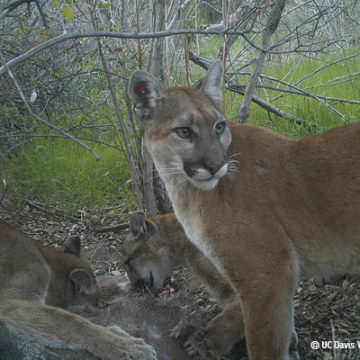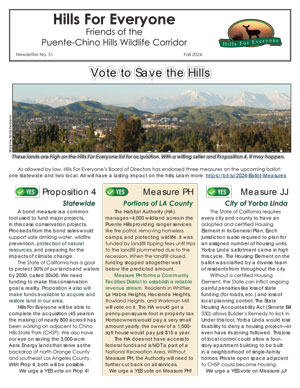Wildlife Tracking 4 of 5
Be attentive to other clues around you to indicate what animal the track might belong to. For example, is there scat, fur, or feathers near it? How old is the track or animal evidence? How degraded is the track or is it super fresh? Look for clues that give you an idea of species; leading toe, claws/no claws, is there a tail drag mark? There are lot of things to help you determine the animal that made the track… work … Read More


